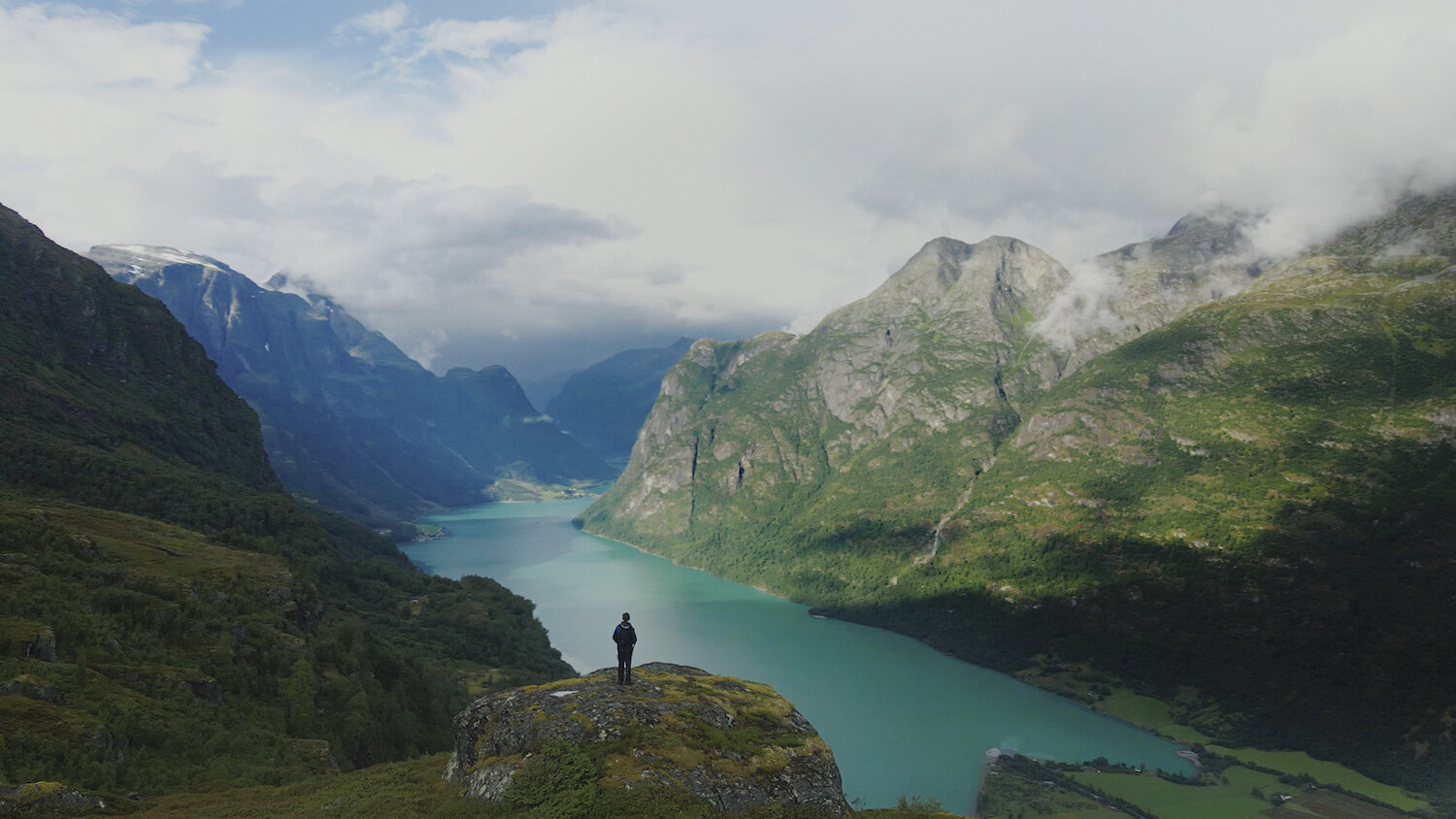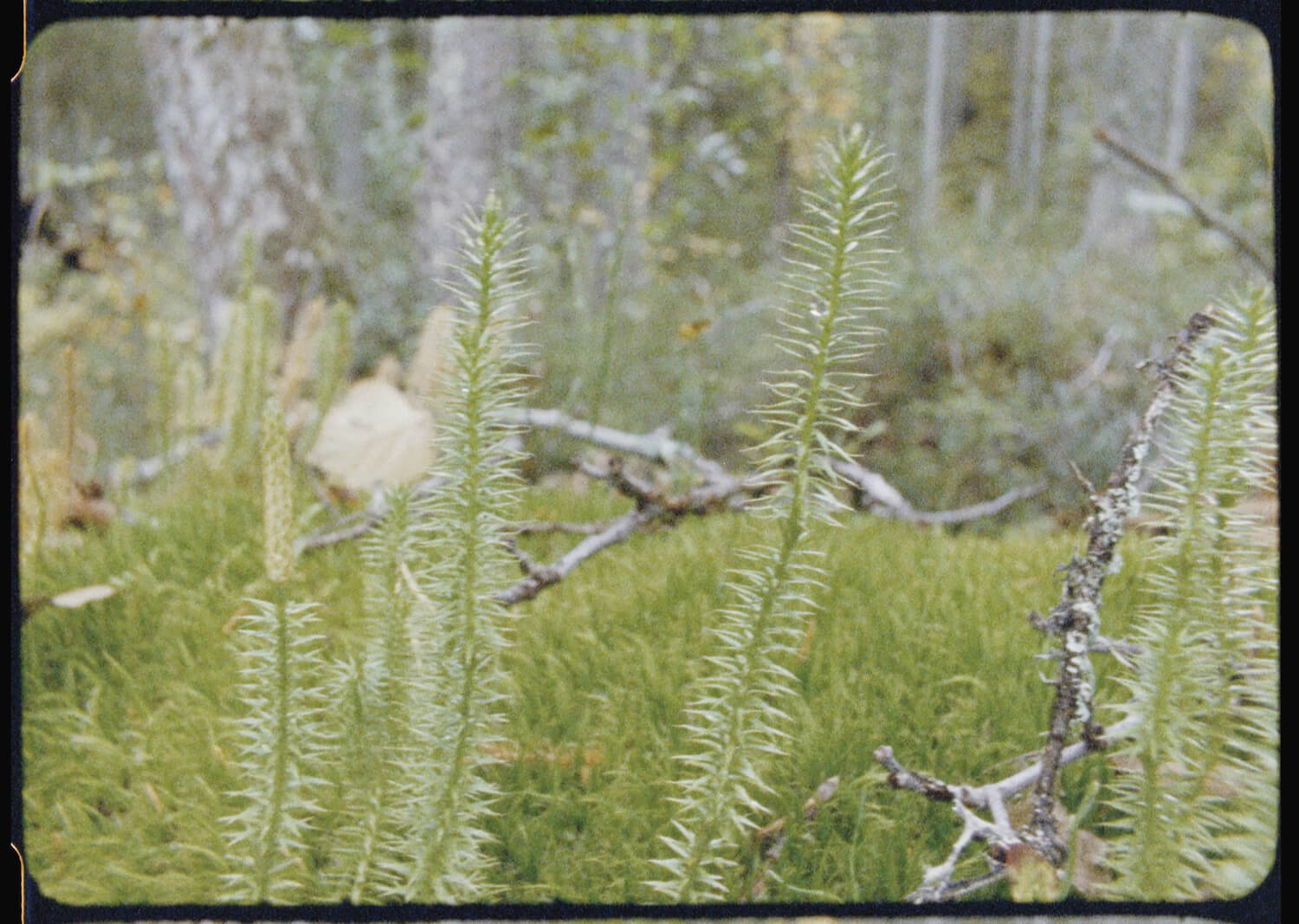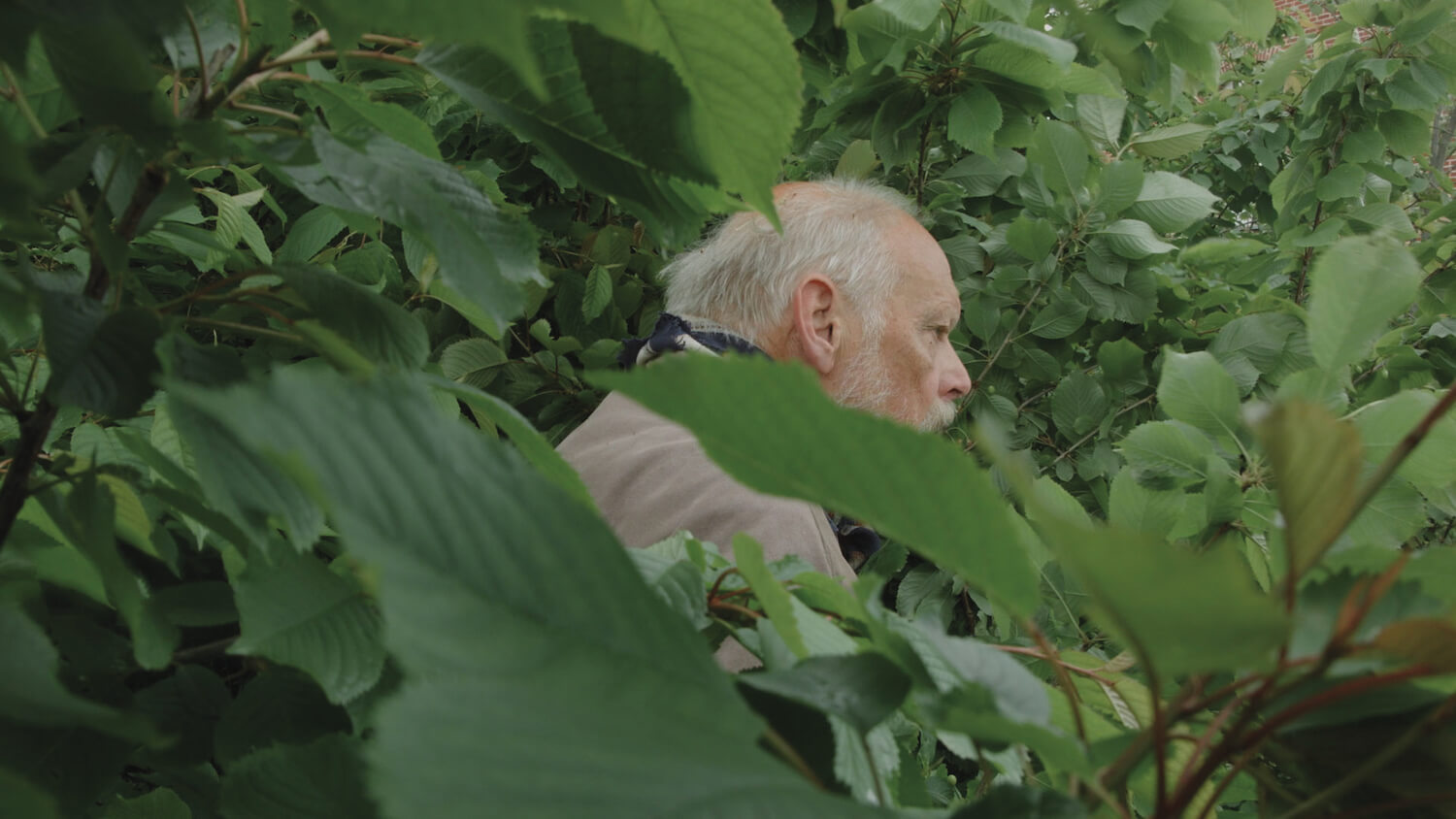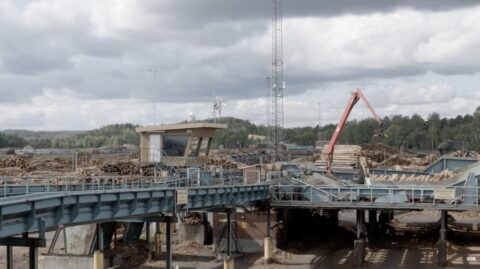On CPH:DOX’s 20th anniversary, the Copenhagen-based documentary festival looks to the future.
With the most immediate, threatening effects of the global pandemic behind us, the industry — represented at the festival by both established and emerging documentary and experimental filmmakers — has its eyes on what comes next.
CPH:DOX approached the broad questions of the future in a symposium entitled Future at our Fingertips, aiming to counter the uncertainties of the future with a belief that the documentary community, and the documentary form itself, can create its own.
While the symposium was chiefly concerned with questions of openness and democracy in film production and distribution, it nevertheless provoked my own curiosity about how the festival’s overall programming looked forward. Hoping to capture an element of this progressive energy — and given I was in Copenhagen — I took it upon myself to also focus on a small selection of Nordic documentaries, among dozens included across the festival’s competitive and thematic programmes.
The films that met me along the way each possessed their own inspiring, challenging, and radical visions of the future, refracted through the dual lenses of history and the present.

Reflection
Margreth Olin concluded the introduction of her newest film, Songs of Earth (2023, above) — which enjoyed its World Premiere in the festival’s main competition — by saying: “In the battle between power and the powerful, the powerful wins.” A warning, reminder, or hope? This militaristic evocation was a surprise, as I expected the film to simply be an ode to her parents’ loving relationship and the arrestingly beautiful nature of northwest Norway.
But the experience of watching the film — best described as a cross between a tone poem to a vast and imposing landscape and a meticulously photographed natural history documentary one might see from the BBC (who partially funded the film) — lived up to Olin’s assertion. More than just a pleasant, atmospheric exploration of place and home, Songs of Earth doesn’t shy away from excavating history for its trauma. Neither adversaries nor victims, Olin places her family and home within a long lineage of survivors of, and bystanders to, the power of earth’s forces.
But Songs of Earth still bears heavy weight. Hearing the story of an avalanche that wiped out entire families in mere minutes in the early 20th century is a stark reminder of man’s submission to nature; but the load is made lighter somehow by generously sharing it with the landscape her parents call home. What materialises over 90 minutes is a synthesis of sorts, between image and sound, people and nature, as well as the past, present, and, ultimately, the future. Olin’s parents, for all their reminiscing across the film’s running time, remain firmly in the present, and it is the film’s overwhelming peace and tranquillity that reminds us both vigilance and patience are necessary for a life in harmony with nature’s song.

Revival
New:Vision World Premiere Drifting Woods (2023, Pia Rönicke, above), is a collision of visual and aural strategies. Exploring the extractive practices enacted upon the forests of Sweden and Finland since the pre-industrial age, Ronicke’s film critiques and calls for interventions into history. She pays particular attention to trends of displacement – from precious Nordic forests, often for the benefit of a geographically distant slave trade in the 17th Century, to the native Sami people, whose practice of moving through nature “on light feet,” as one of the film’s participants points out, is a lamentable reminder of modern capitalism’s weighty footprint.
Most of our view of Finland is mediated through a gentle synthesis of the soft, analogue images of Ronicke’s 16mm Bolex camera and more immediate digital footage, as well as illustrations, diagrams, miniatures, and maps that chart a lineage of destruction, extraction, and industrial action at nature’s expense. This visual collage allows the forests, themselves ancient beings, to work their way back into their own story.
Drifting Woods is not an easy film to find your way inside. While its images are lovely, frightening, and occasionally ironic, it moves at a pace in time with history itself: slow, deliberate, exhausting. These rhythms are crucial to the film’s overall impact, as one is repeatedly reminded of humans’ proclivity for greed and progress, often at the expense of our planet’s health.
I found my own responses occasionally frustrating, as if I was expecting the film to have the answers to the pressing questions it asks of us. I had a conversation with Rönicke after the festival, and she told me that she hoped the film gave some agency back to the Swedish forests that take centre stage. “The forest offers us hope,” she said, adding that they exist as a model of equilibrium to which humans can aspire.
Rönicke’s own artistic interests facilitate a parallel confrontation with the camera itself. Charting the militaristic, colonial, and racist histories of the moving image, Drifting Woods provides the viewer an opportunity to question the use of documentary methods. If the documentary form is a way of looking at the world, Rönicke hopes her film asks us: “and then what?” Acting as a disruptive force in its own way, as a counter to the patterns of disruption through earth’s history, Rönicke and her film offer us some qualified hope about our capacity to question our consumption, protect what we have left, and revive a more communal way to live.

Resistance
I also had the pleasure of speaking with David Krøyer, director of Intruders (2023, feature and above), which had its World Premiere in the Science section of CPH:DOX. Krøyer’s first feature is perhaps a strange fit for a section about science, a fact we both agreed upon, as the presence of hard science is never mentioned out loud, seen only in passing. Krøyer follows the titular intruders – invasive plant and animal species – and their removal from Danish soil, trees, and waters by dedicated activists with a keen and watchful camera. It’s about labour more than science. It is also, strangely, for all its quiet, stoic observation, a film steeped in urgency.
We talked about the fact that Intruders both evokes the past and looks to the future, ultimately making it a film about today. “People will maybe look back to this time in history and say, ‘Okay, back then they really tried to do something, but they couldn’t or ‘It was good that they really did [something] because now we fixed it.’” One gets the feeling that the five men Krøyer follows, each following their own rhythms and patterns, are shepherds of nature, a sentiment Krøyer expressed during our conversation:
“I wanted to create this illusion that they were always out there. So people would go and eat dinner in the forest one day, and they would have the feeling that one of the characters had just been there and cleaned up for them. They’re just protecting the landscape out there, so I can sit here and enjoy the view.”
Unlike the grand, sweeping emotion of Songs of Earth, Intruders favours a melancholic minimalism, not just in its structure of five wordless vignettes of each man going about their tasks, but also in its soundscape. Complementing the overall environmental urgency, the viewer is placed about as close as possible to the sounds and effects of these activists’ work.
The thuds, crunches, scratches, splashes, and even explosions have their own immediacy, countered beautifully by an unexpected original score by Magnus Plejdrup. The music is a reprieve from the film’s sometimes overwhelming austerity, its earthy cello and delicate piano making, in Krøyer’s words, “a never-ending story,” which the viewer returns to as one vignette gives way to the next. The music is certainly melancholic, a lament to the fact that the work of these activists needs to be done in the first place; but listen closely to the subtle shifts in melodic emphasis, in chord progression, and you just might hear some notes of gratitude, an aural thank you to the people resisting nature’s intruders.
Chris is an American freelance film programmer, writer, and critic based in London. He fills the rest of his time working in film distribution.
